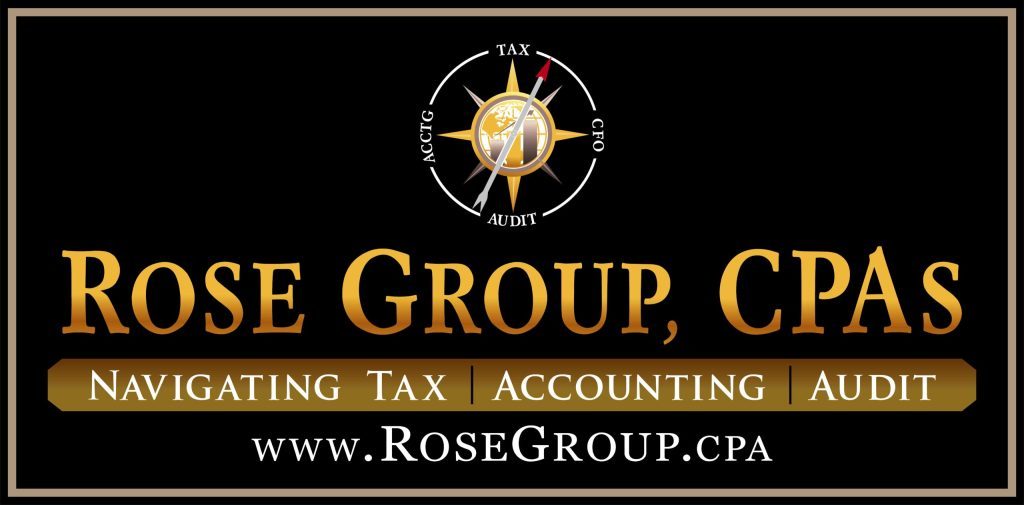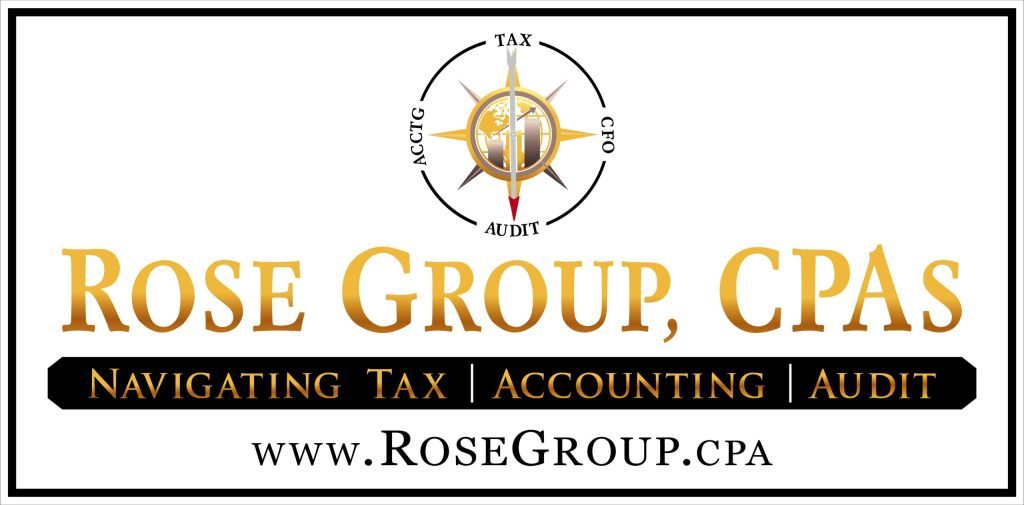The One Big Beautiful Bill Act (OBBBA) was signed by President Trump on July 4, 2025. Understanding these provisions and acting quickly on planning opportunities will be crucial for optimizing your tax situation.
Key 2025 Tax Provisions: What’s Changed
Permanent Tax Rate Extensions
The lower individual income tax rates from the Tax Cuts and Jobs Act are now permanent, providing long-term certainty for tax planning. Additionally, the 12% and 22% tax brackets receive an extra year of inflation adjustment, potentially expanding these favorable rate ranges.
Enhanced Standard Deduction
The nearly doubled standard deduction is now permanent, with 2025 amounts set at:
- Single & Married Filing Separately: $15,750
- Head of Household: $23,625
- Married Filing Jointly: $31,500
These amounts will continue to be indexed for inflation, providing predictable annual increases.
Increased Child Tax Credit
Families will benefit from an enhanced child tax credit of $2,200 per child beginning in 2025, up from previous amounts. This credit is now indexed for inflation, ensuring its value grows over time.
State and Local Tax Deduction Relief
The state and local tax (SALT) deduction cap increases to $40,000 per household, though it phases out for taxpayers with modified adjusted gross income over $500,000. This provision reverts to the $10,000 cap in 2030.
New Deductions for 2025-2028
Several temporary deductions take effect immediately:
- No tax on tips and overtime for qualified occupations with income limitations
- Enhanced senior deduction of $6,000 for those 65+ with income below $75,000 ($150,000 for joint filers)
- Car loan interest deduction up to $10,000 for U.S.-assembled vehicles, subject to income phaseouts
Immediate Tax Planning Actions for 2025
For All Taxpayers
Review Your Withholding and Estimated Payments Now With permanent rate structures in place and enhanced standard deductions, your optimal tax withholding may have changed. Calculate your projected 2025 tax liability using the new provisions and adjust accordingly.
Reassess Itemizing vs. Standard Deduction The higher SALT deduction cap and permanent standard deduction amounts may change the calculation for many taxpayers. Review whether itemizing still makes sense for your situation.
For Families
Optimize Child Tax Credit Planning With the increased $2,200 credit per child, ensure you’re maximizing this benefit. Consider the timing of income if you’re near phase-out thresholds.
Coordinate Education and Childcare Benefits The permanent extension of education-related benefits and employer-provided childcare credits requires immediate coordination with your other tax strategies.
For High-Income Earners
SALT Deduction Strategy If your MAGI is approaching the $500,000 phase-out threshold, consider income timing strategies to maximize the enhanced $40,000 SALT deduction in 2025-2029.
Prepare for Estate Planning Opportunities With the exemption increasing to $15 million per person in 2026, high-net-worth individuals should immediately begin planning for significant wealth transfer opportunities.
For Seniors (65+)
Maximize the Senior Enhancement If your income is below the thresholds ($75,000 single, $150,000 joint), ensure you’re claiming the full $6,000 enhanced deduction available through 2028.
Coordinate with Retirement Distributions Time your retirement account distributions to stay within income limits for the senior deduction while managing your overall tax bracket.
For Tip and Overtime Workers
Document Qualified Income If you work in qualifying occupations, begin documenting your tip and overtime income immediately to ensure you can claim these above-the-line deductions.
For Car Buyers
Consider Timing Vehicle Purchases The car loan interest deduction for U.S.-assembled vehicles is available through 2028. If you’re planning a vehicle purchase, consider the timing and financing structure to maximize this benefit.
Time-Sensitive Planning Considerations
Before Year-End 2025
- Adjust withholding and estimated tax payments
- Review and potentially accelerate charitable giving strategies in preparation for the 2026 above-the-line deduction
- Consider Roth conversion opportunities under the permanent rate structure
Professional Guidance is Essential
These comprehensive changes create both opportunities and complexities that require careful analysis of your individual situation. The interaction between permanent provisions and temporary benefits, combined with phase-outs and income limitations, demands professional tax planning to optimize your overall strategy.
Don’t wait until tax season to address these changes. The planning opportunities available now may not be available later, particularly for income timing strategies.
Contact our office to lean more about Rose Group CPAs and our tax preparation and tax planning services.


